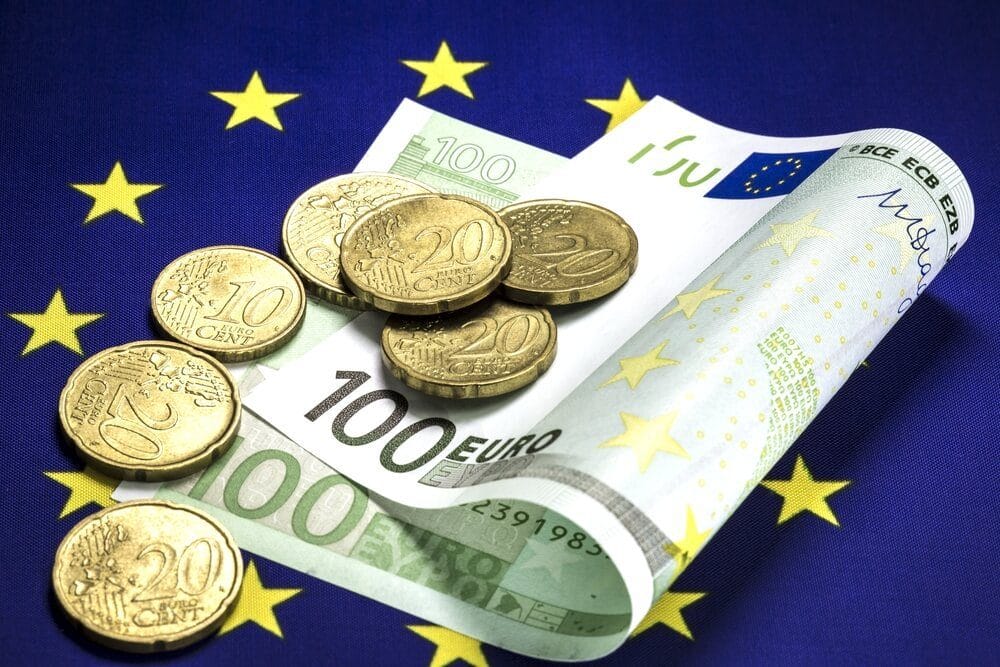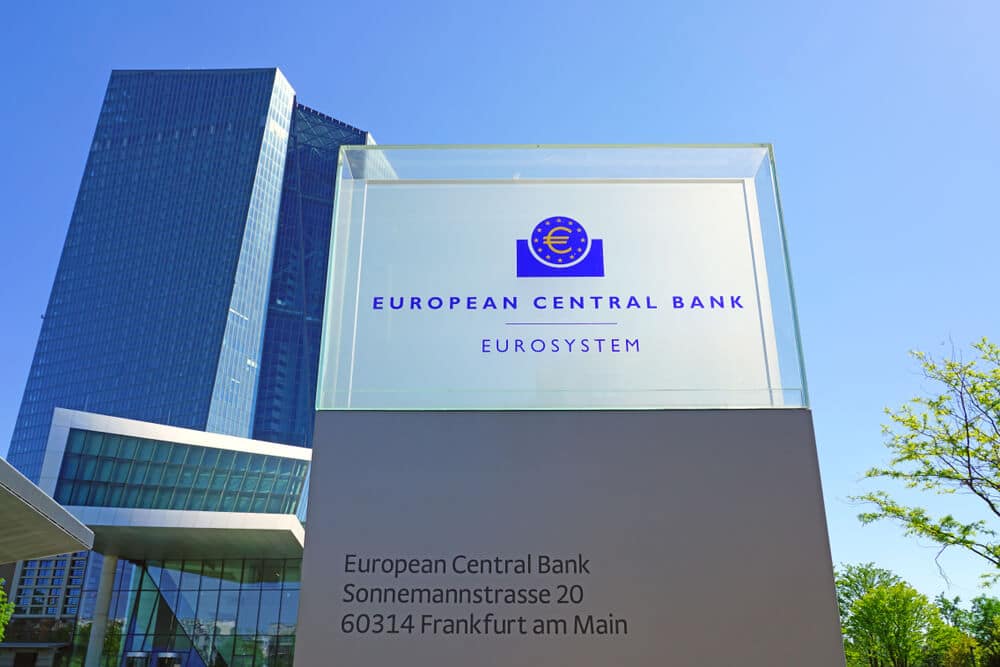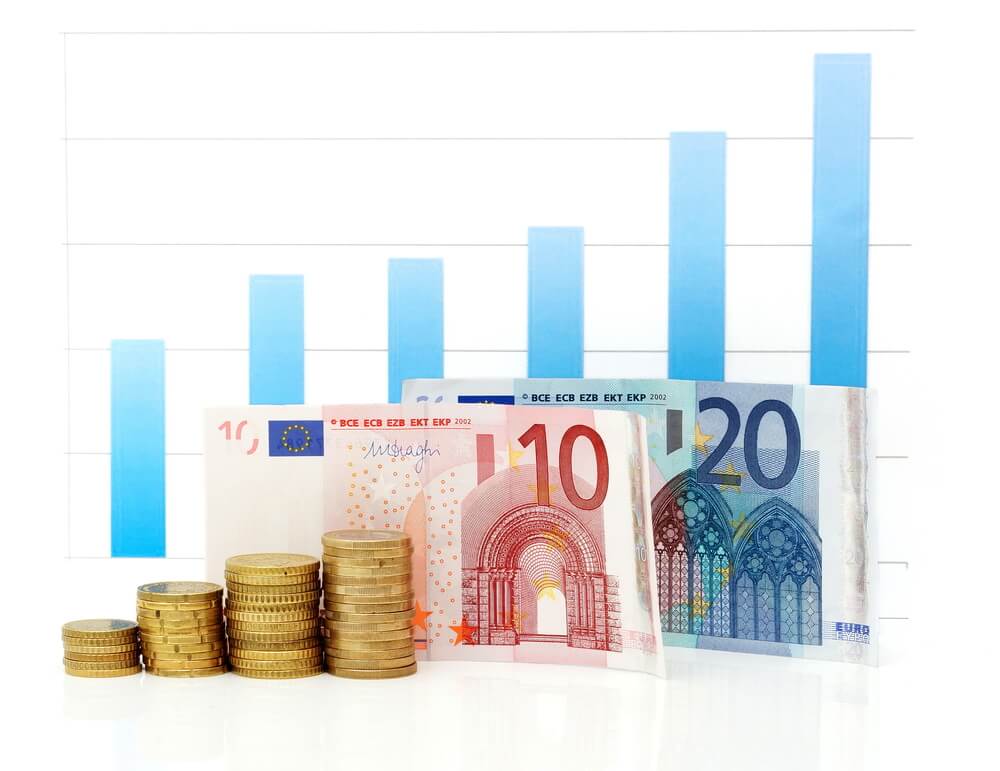Introducing The Euro
Having entered the world in 1999, the Euro is among one of the latest editions in the world of currencies. After the US dollar, it is the second most frequently used currency. The purpose of introducing this currency was to offer a common mode of payment for the EU’s member states in order to promote easy business between them. At first, EUR was only a digital currency. Physical notes were not issued for this currency until much later.
During its more than two decades on the market, this currency has been adopted by 19 of the EU’s 27 member states. Aside from these EU member nations, five more have adopted the Euro as their national currency. Because the Euro is a currency of several states rather than a single one, it has a much higher potential to be impacted by various countries getting engaged. Any minor setback that is out of the ordinary in any of the states might have a direct impact on this minor currency.
Why Trade The Euro Index
Now if you tell someone that your choice of an index for trading is the Euro Index, they’ll probably look at you and think you’re crazy. In fact, most traders prefer to stick to the popular options which are the major currency pairs containing the USD. Indexes are usually only traded by people when they get bored of watching the forex markets all day. However, only a select few professionals know that indexes are where the real profits are. There are a couple of reasons why you might want to trade these indexes, more specifically the Euro Index. Here are some top reasons to do so:
Market Predictability
It is much easier to predict the market direction of indexes like the Euro Index. This is because they are usually only impacted by any instability in their individual regions. The Euro Index would mainly only be impacted by anything out of the ordinary that occurs in the EU states. This would’ve been much harder to predict if it was the USD index as the USD is impacted by pretty much any major event around the world. This can prove to be quite stressful as it is nearly impossible to keep a lookout for any economic changes happening everywhere around the world. Therefore, it is much easier to predict the market direction of indexes like the Euro Index as they like to keep to themselves instead of bothering with the rest of the world like the USD.
Market Liquidity
The Euro market is one of the most liquid markets in the industry. The daily trading volumes for this popular asset signifies just how popular it is among traders worldwide. It is due to these extremely high trading volumes that the Euro Index experiences some of the lowest spreads and highest liquidity. Explaining this further, a high daily trading volume means that there are a lot of people trading the dollar on a daily basis. And because a lot of people are trading Euros on a daily basis, it is much easier to trade this asset as there are a lot of people ready to buy it. Markets in such conditions are considered liquid. A high liquidity asset is usually preferred among traders as you have a better chance of earning profit due to constant movement and trades in the market.
Safe Haven Asset
One of the many ways a trader first gets into trading this valuable asset is by using it as a safe haven asset. What this means is they usually shift to trading the Euro or dollar when other indexes are facing volatile market conditions. Oftentimes in a year, certain events cause most forex pairs to become volatile. This makes it very risky and close to impossible to earn profit while trading in those market conditions. Due to this reason, traders usually shift to the Euro Index as it often experiences great upward trends while others are in turmoil. The Euro is often found at some of the highest market values when other currency pairs are struggling to stay afloat. Due to these reasons, it is known as a safe haven asset.
Euro Index Trading Tips
The forex industry has been consistently growing over the years to now become the largest financial market in the world, significantly greater than even the New York Stock Exchange. On a regular basis, deals involving billions of dollars take place in this business. Now that there is a lot of money, there are a lot of individuals. The forex sector has attracted a large number of people. Everyone comes with their unique set of trading strategies. The following are some of our best trading recommendations for the Euro Index:
Range Trading
Range trading is when you refer to support and resistance levels in order to understand when to execute a trade. The resistance levels are the highest points in a given chart. Similarly, the support levels are the lowest points in a given chart. Understanding where these highs and lows are is key to the range trading strategy. For example, if the price is approaching the resistance level and you believe it will hold, you can execute a SELL deal (go short). In contrast, if the price is approaching a support level that you believe will hold, you can execute a BUY deal (go long). If the price continues to fall below support, you can go short because the support level will no longer hold. Similarly, if the price continues to rise above resistance, you can go long because the resistance level will no longer hold.
Trend Trading
Trend trading is when you refer to market movement patterns in order to understand when to execute a trade. Trends can easily be identified, especially when looking at more longer timeframes. The most common trends to look out for include when the market is moving upwards consistently or even downwards consistently. An upward trend can be identified when the highs are getting higher and the lows are getting higher as well. Similarly, a downward trend can be identified when the highs are getting lower and the lows are getting lower as well. Therefore, this way you can identify trend patterns in the Euro index and therefore perform trend trading.
Pullback Trading
Pullback trading occurs when the market temporarily breaks away from its trend which gives you the opportunity to enter the market at a good price. When trading a pullback, you need to first identify when the market is going to pull back. If the Euro index is moving in an uptrend and briefly breaks and falls slightly, this gives you the opportunity to enter the market through a BUY trade at a good price. Similarly, if the market is moving in a downtrend and briefly breaks and jumps slightly, this gives you the opportunity to enter the market through a SELL deal at a good price. This is therefore a simple yet effective strategy for the Euro index.
Factors Affecting The Euro Index
Since the Euro Index is all about the Euro, it has quite a lot of factors that could impact its trading conditions. This is because the Euro is the most popular and most traded currency in the world. Here are the top factors impacting the Euro Index:
Demand In The US
The US is the major customer of all EU exports. The EU relies on the demand of the US to be consistent in order to benefit from the sale of their exports. Any changes in the demand from the US in terms of receiving EU exports will have a significant impact on the value of their economy. If the demand for EU products is high in the US, the value of the Euro will increase. This would cause the value of the Euro index to appreciate. Similarly, if the demand for EU products is lower than usual in the US, the value of the Euro will drop. This would cause the value of the Euro index to depreciate as well.
The Tourism Industry
The EU is one of the world’s most popular tourist destinations. Any changes in the number of visitors visiting the EU will have a considerable influence on the value of the Euro currency. More travelers visit the EU over the holiday season, raising the value of the Euro and causing the Euro index to increase in value. Similarly, when it is not the holiday season, fewer people visit the country, leading the Euro to decline in value and, as a result, the Euro index to begin to fall in value.
The Electronics Market
The European Union is a major exporter of electrical devices across the world. Any changes in global demand for these commodities will have a significant impact on the economies of EU member states.
This is one of their largest contributors to GDP, hence it is quite important for many European nations. If global demand for electronics increases, the EU will be able to export more than usual, causing the Euro to gain value. Similarly, if global demand for electronics diminishes, the EU will be unable to export as much as it has in the past. As a result, the value of the Euro will decrease dramatically, as will the Euro index.
Unemployment Rate
Unemployment is also one of the most important elements influencing the value of the Euro index. When a person is jobless, the government bears the task of providing basic essentials for their existence. As a result, the greater the number of jobless individuals, the greater the responsibility of the government to spend its reserves to care for the unemployed. The greater the unemployment rate in the EU, the worse its economy will be. This, in turn, would lead the Euro index to lose value. Similarly, if the unemployment rate is low, the economy will thrive, and the Euro index will rise in value.
Supply and Demand
Demand for dollars is created whenever the EU sells goods or services to clients located in other countries because those consumers must pay for the sold goods and services using dollars. As a result, in order to complete the payment, they will need to transform their native currency into Euros by selling their own currency and purchasing them with Euros.In addition, payments for bonds issued by the EU government or by large EU corporations to raise capital that is subsequently purchased by foreign investors will be required to be made in Euros. These bonds are issued by the EU government or by large EU corporations. This also applies to the acquisition of EU business equities by non-EU investors, who are required to sell their currency in order to obtain dollars in order to be able to purchase the stocks.
Inflation and Deflation
Inflation and deflation play a massive role in determining the market value of the Euro Index as well. When inflation occurs, currencies such as the Euro lose their value and therefore their market rates start to drop. This causes the Euro Index to drop in value as well. Similarly, if there was no inflation, the EU economy would be thriving and the Euro Index would be in bullish market conditions.
Gross Domestic Product
The Gross Domestic Product, or GDP, shows the overall performance of a country’s economy. It is a major contributing factor to the movement of the USD Index. A positive GDP value would signify that the economy is thriving. This would in turn attract investors to invest in the country’s economy which would therefore increase the value of that country’s currency. If the EU has a positive GDP, the Euro would increase in value which would cause Euro Index to also increase in value. The opposite can be seen if the EU had a negative GDP. This would mean that the EU’s economy is suffering which would, in turn, cause the EU index to fall in value.





